Synopsis
Professional nature photographer Marsel van Oosten wants to travel to Socotra: an isolated island located southeast of Yemen. The island is so isolated that many of the plant species there are nowhere else to be found on Earth. And one of those unique species is the endangered dragon blood tree: a prehistoric umbrella-shaped tree which is endemic to Socotra
But there is a cold war in the Middle East. Yemen has been called one of the major fronts in the conflict and has issued a “do not travel” advisory for the country, warning that there’s a risk of terrorism, kidnapping, and armed conflict.
Due to the armed conflicts, it has been impossible to visit the island for many years. Until suddenly, Marsel saw an opportunity, and he took it. Against all travel advice, Marsel van Oosten travels to Yemen in seek for the picture-perfect dragon blood tree.
PROJECT DESCRIPTION
This might have been one of the toughest projects I’ve ever done. Due to the civil war in Yemen, journalists were not allowed in the country, and I was carrying a backpack stuffed with camera equipment. How was I going to explain that I was not a journalist? Would they put me in jail for further investigation? All the embassies were closed, and there was high risk for kidnapping, terrorism and armed conflicts.
I usually make quick decisions and trust my instinct, but this time, I had to think twice. Marsel informed me that he specifically wanted to work with me and not with another filmmaker. I had to take a leap of faith, trust my instincts, trust Marsel, and make an adventurous film about this expedition to this archipelago in the Arabian sea, named Socotra. The government wouldn’t support me in case of any accidents, so I had to take extra insurances that would cover emergency evacuation and ransom.
Working in scorching environments (55 C) affects not only your camera gear but also your overall productivity. Just like in extreme cold weather conditions, you have to take things slowly. You have to learn how to pace yourself, hydrate yourself frequently, know how to regulate your body temperature, and avoid sunstroke and sunburn.
During this project, we had no running water or electricity. Marsel asked me if I could create an efficient and lightweight workflow for generating electricity, so I did. Solar panels are an efficient way of generating electricity, but it can take a long time to fully charge power banks, depending on the angle of the sun and cloud coverage. You don’t want to connect your camera batteries to the solar panel, as the output (amperage) fluctuates and therefore is not constant. This might damage your battery cells or give weak and unreliable power. I advise to charge power banks instead and charge your batteries through the power bank.
Apart from the solar panels, I bought and modified a pure sinus inverter with 300W output and connected it to the main battery of our car, which was charged by the alternator. This workflow was very reliable, as long as the engine was running. We could charge our batteries if we travelled from place to place.
My skills as a filmmaker were tested to the max. I was directing and filming alone, and I had no sound recordist or field assistant to help me. At some point, we had to hike through extremely steep terrain with scree facing the Southside. Our local guide underestimated the distance and difficulty of the route, and we didn’t bring enough water. Marsel and I became severely dehydrated and felt like dwelling penguins in a hot desert, craving for anything cold that contains water.
Times like these are not easy, and most people wouldn’t understand that all that effort is made just to photograph and film a dragon blood tree. Despite the toughness, I really enjoyed doing this project, and I’m grateful that I was chosen to make this film.
This film was supported by Nikon Europe, Lacie, Squiver, Eizo, Lens Coat, and Gura Gear.
STILLS
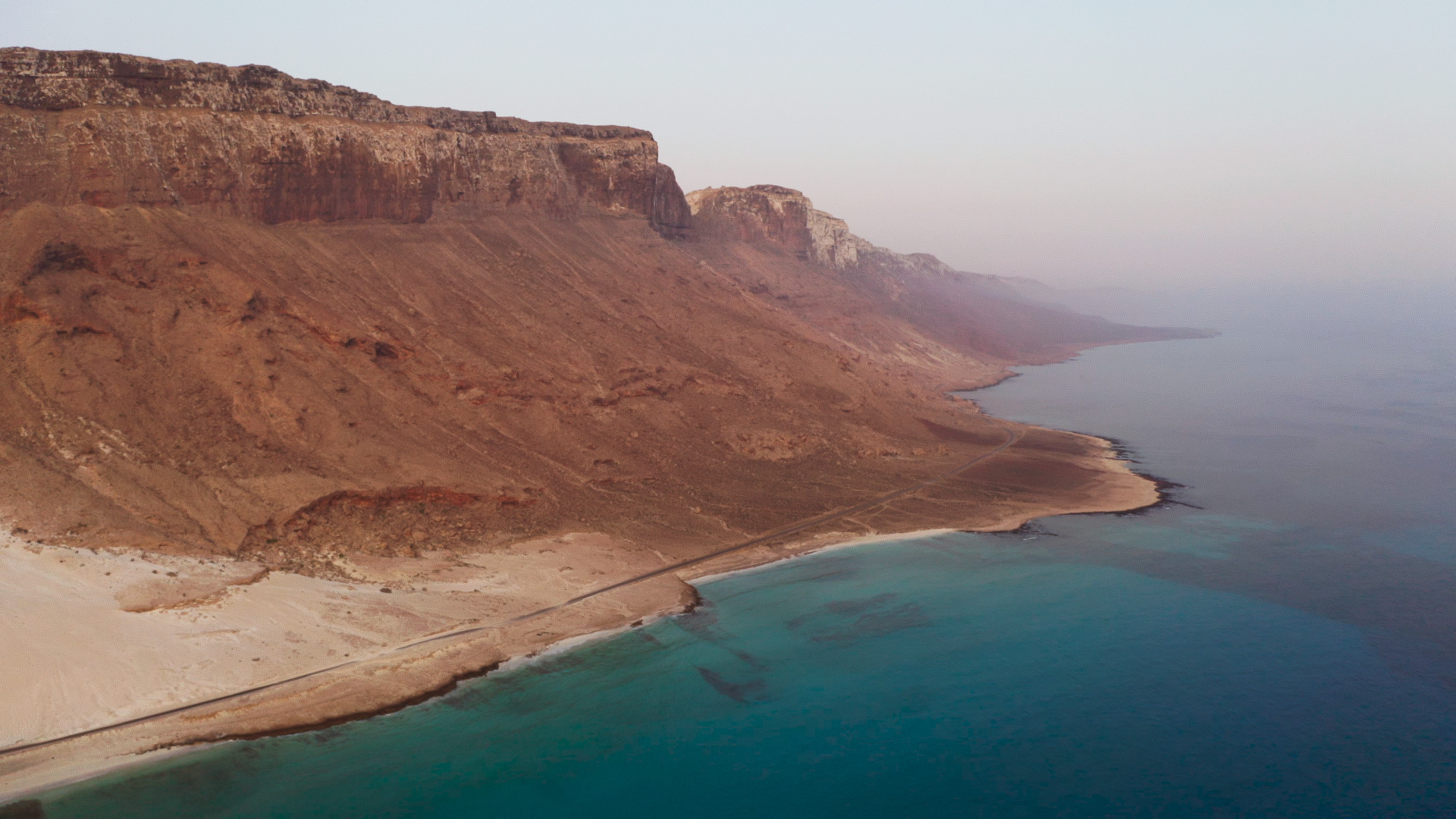
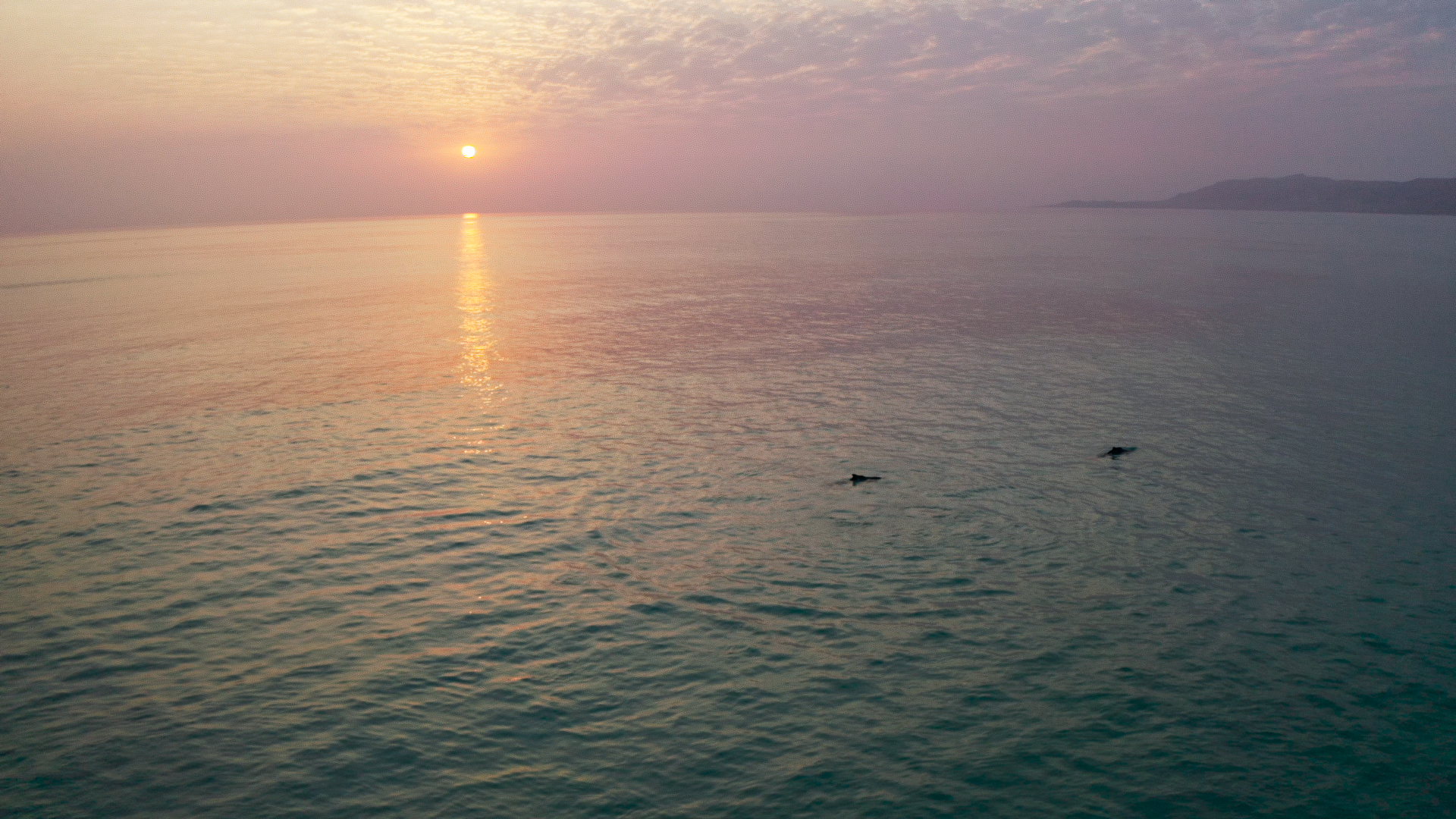
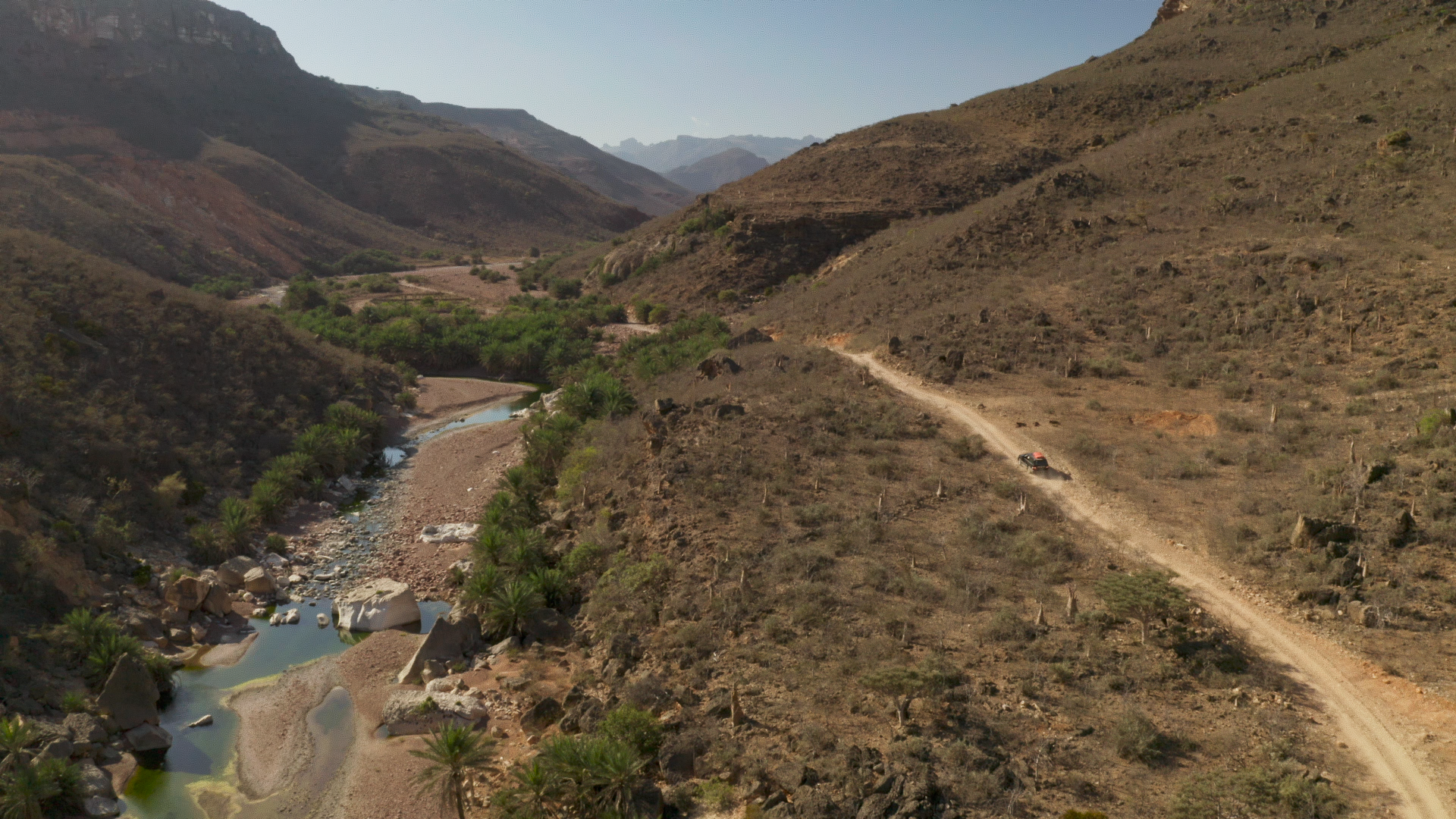
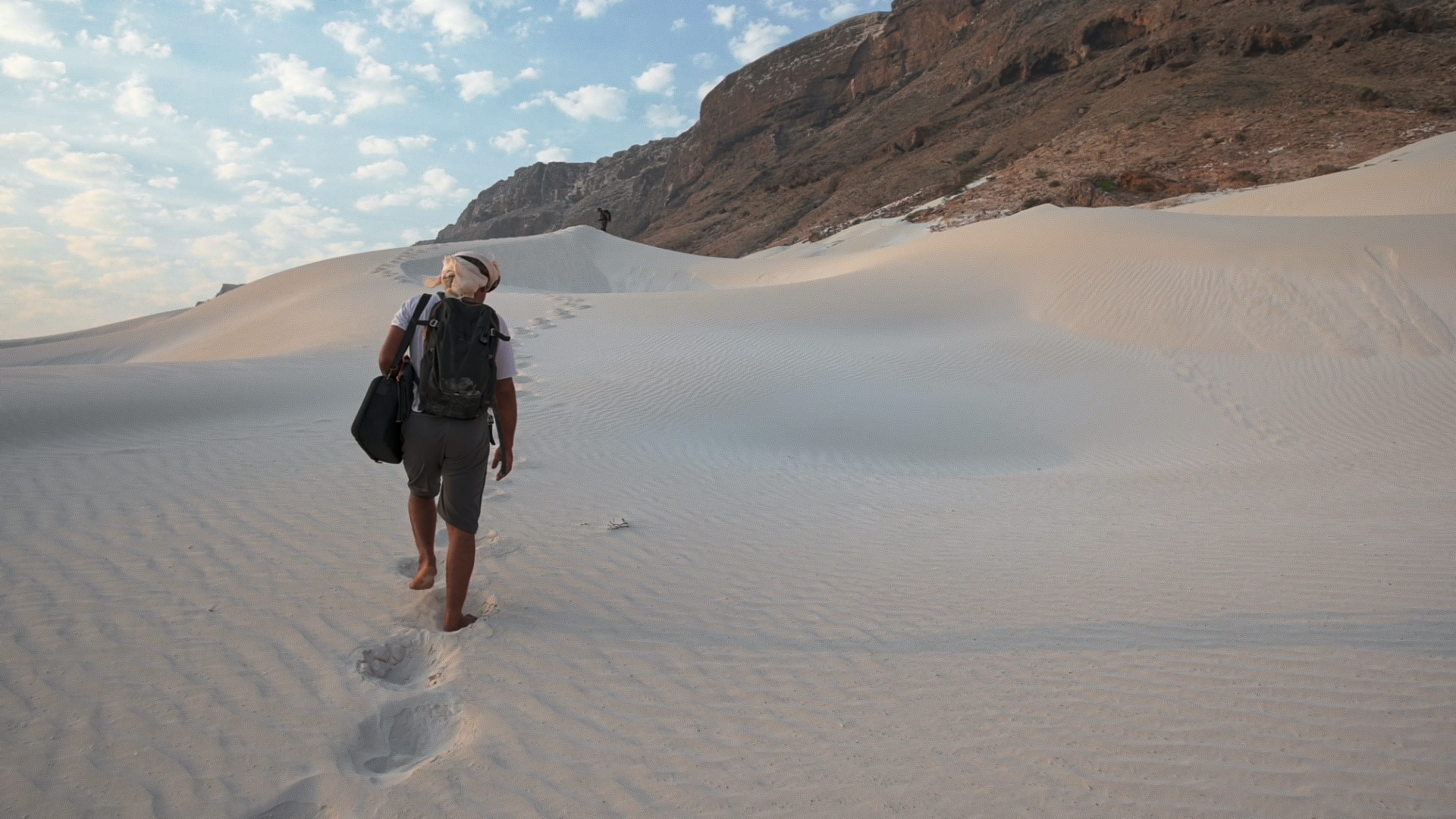
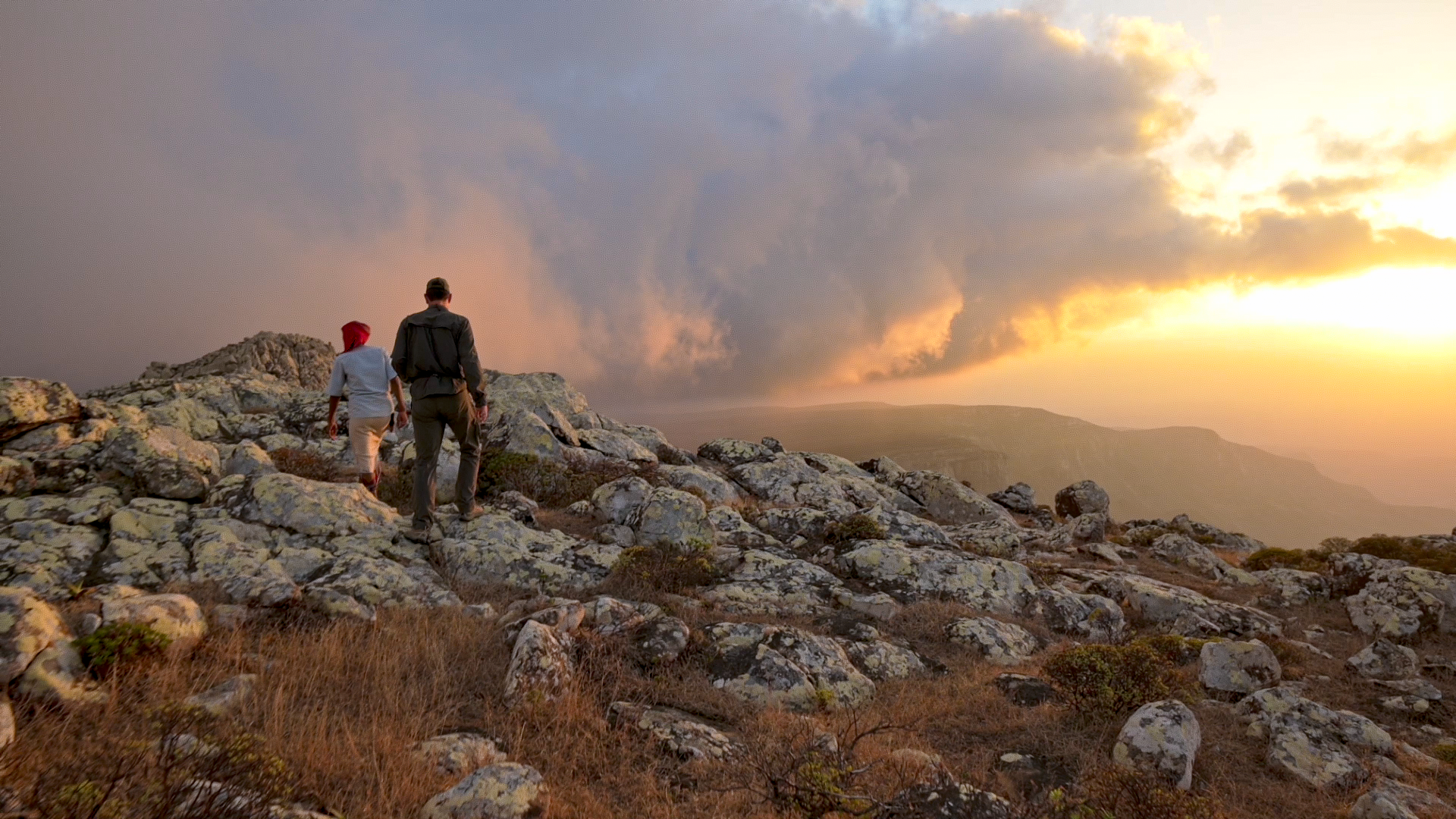
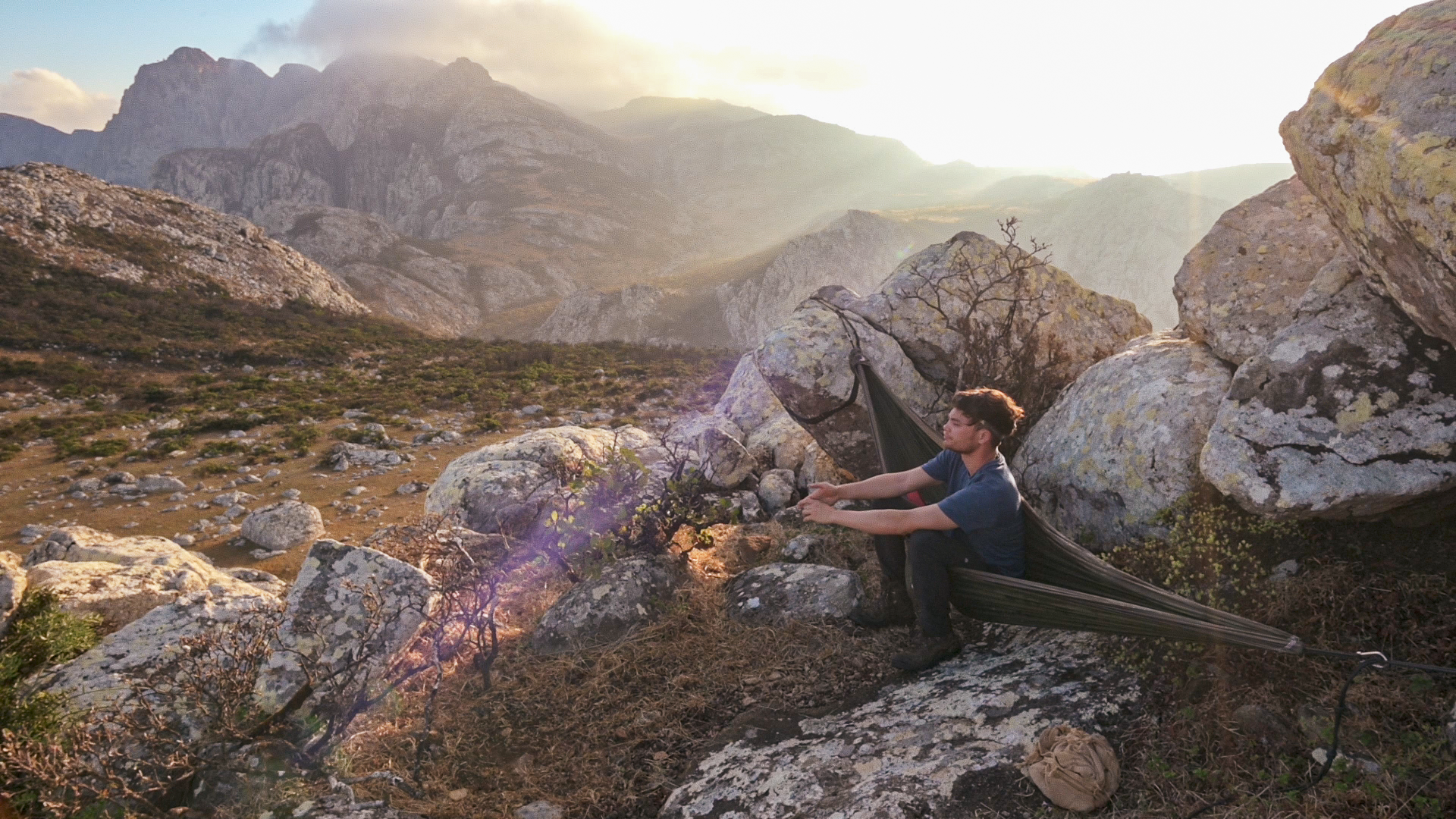


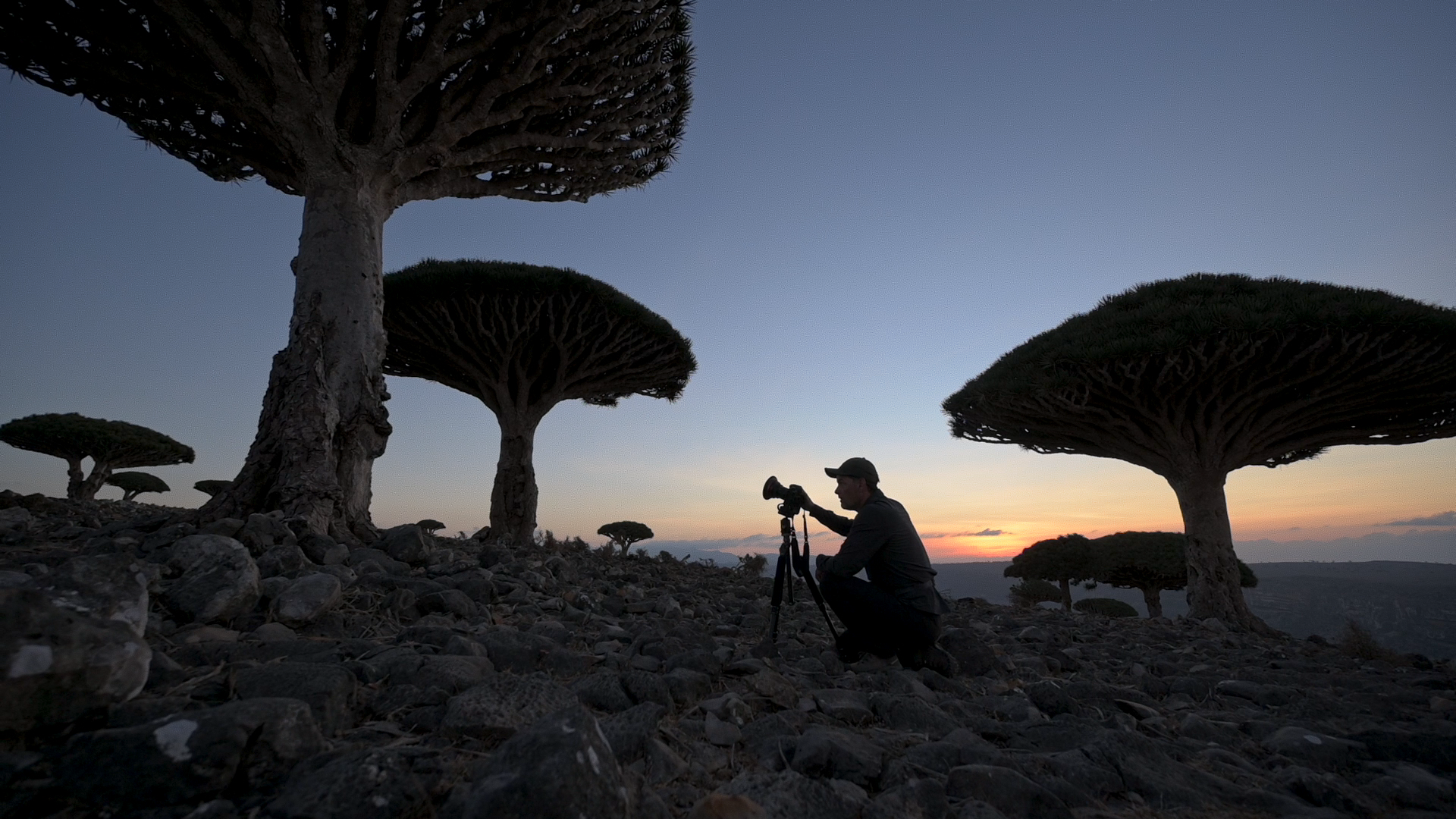

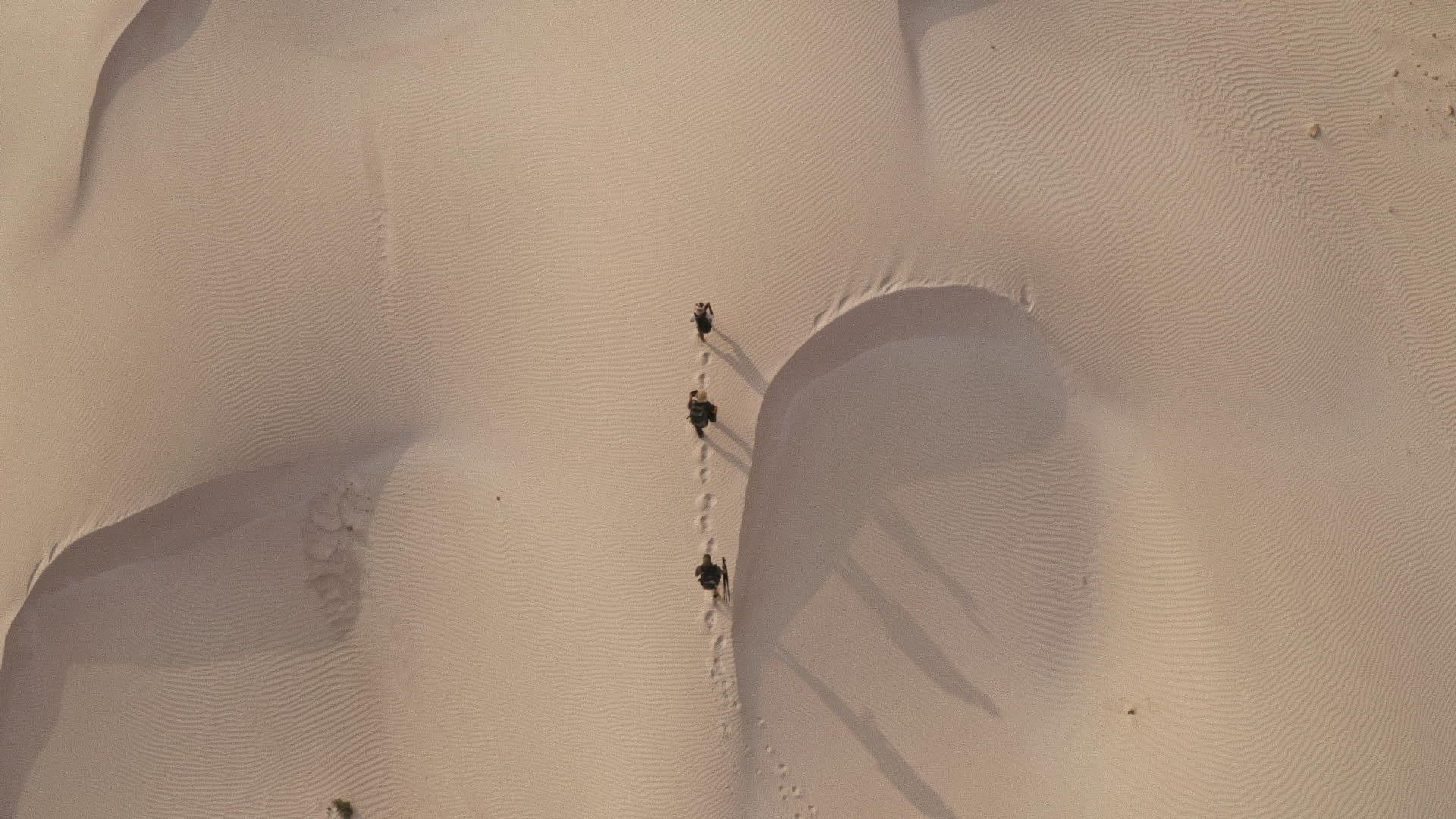
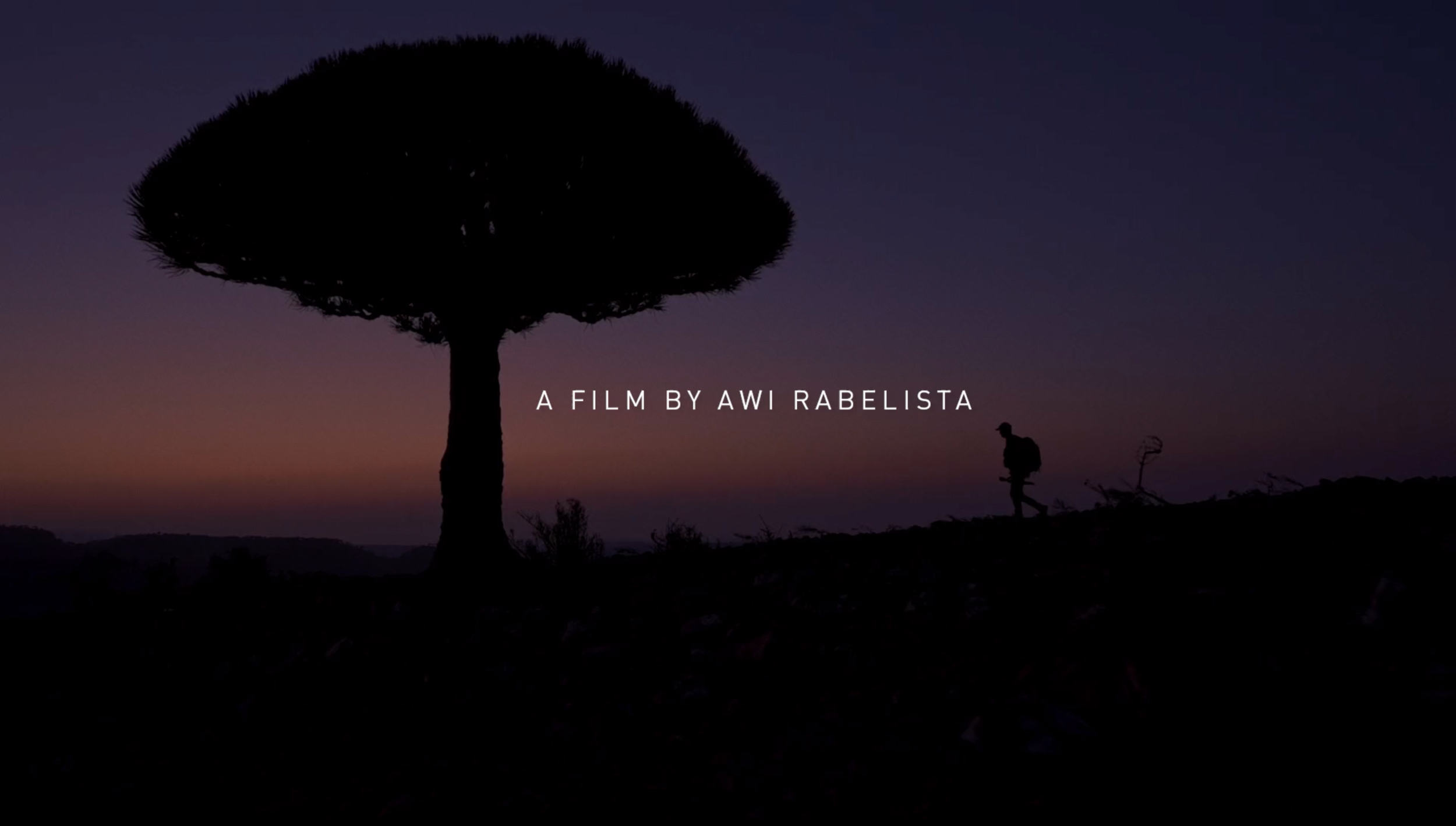
BEHIND THE SCENES












